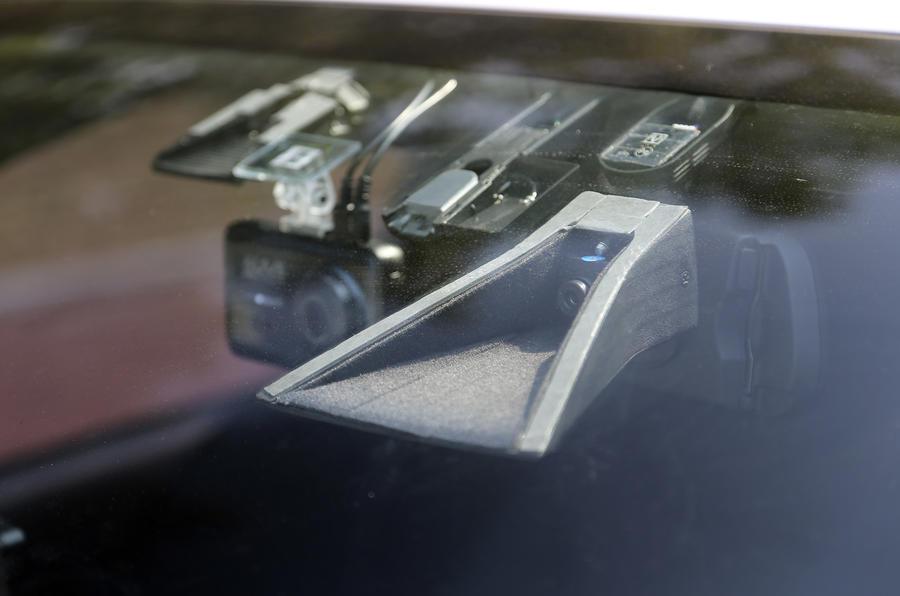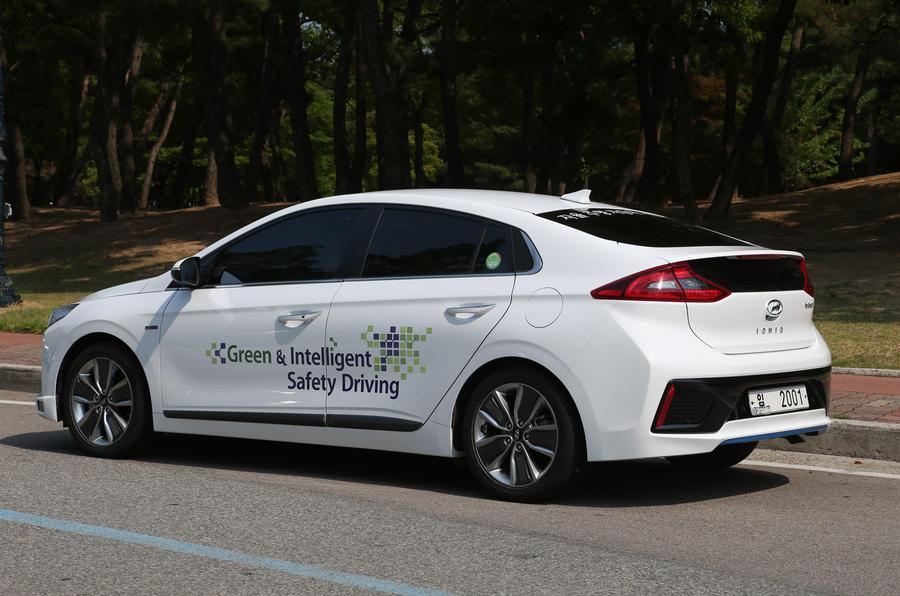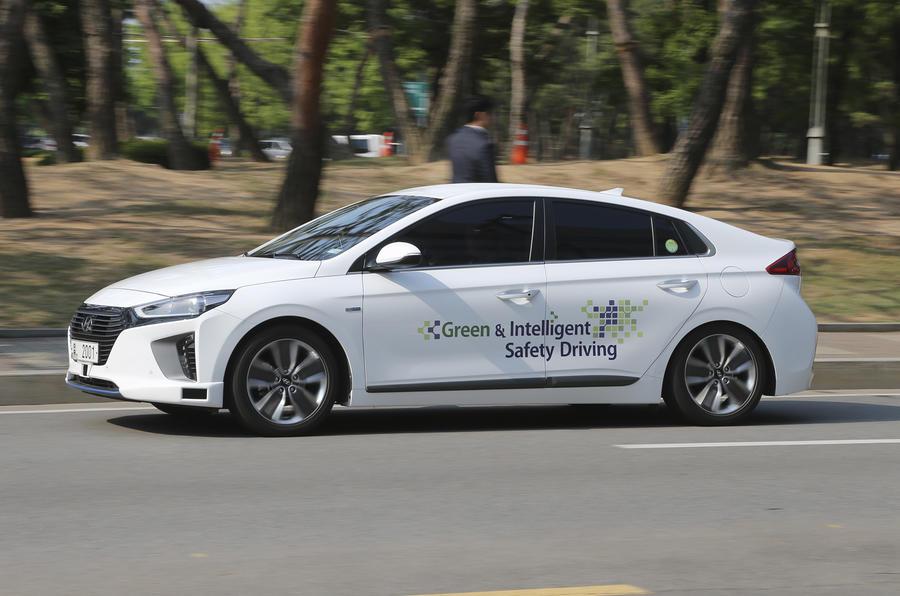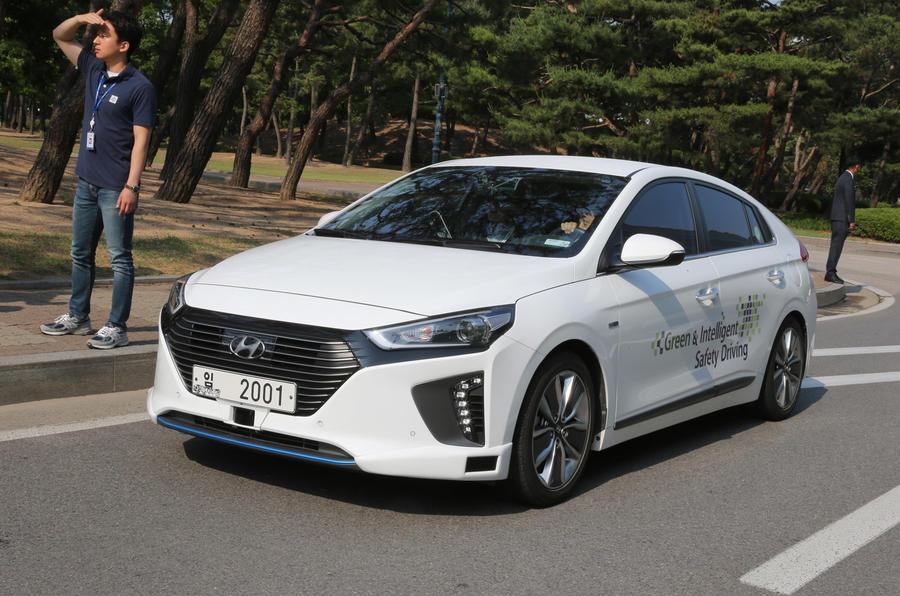Hyundai is a gigantic car company these days, scale it’s established by outsmarting its rivals on many fronts. Its latest line of attack is autonomous driving, but not simple driverless stuff: it wants to show autonomous tech can work in a car with three different types of powertrain: the Ioniq. We thus flew to South Korea to find out how it’s getting on.
Its R&D centre is similarly gigantic. It employs 13,000 people: it’s more like a tech city than a tech centre. There’s even a pretty decent network of round around it. We used these to test-drive the new autonomous Hyundai Ionic, in hybrid-drive guise.

This car was first shown at the Los Angeles Motor Show last year, although Hyundai’s been working on the tech much longer. Its mature state is revealed by the fact this Ioniq looks little different to any other. The giveaway is an engineer’s monitor inside, which gives a virtual view of the road ahead – they can see what the car sees.
Needless to say, it uses lots of sensors, although many of them are ones already embedded within the car, to help keep potential production costs down. At the moment, it achieves Level 3 autonomy, meaning it still needs a driver but can take on safety-critical situations. Level 4 is in the works: this is where the car has much more self-driving control.

So how does it work? Within the confines of the test centre, limited to around 25mph, pretty well. Particularly considering the test route included a really busy stretch of the test centre, near the main entrance. This is a hectic place, so challenges were many: yet the car coped. Even pedestrians beginning to cross the rode didn’t confuse it – and once they were clear, it quickly started accelerating again.
The only time it was a bit slow was when it came to turn around half way through the test route: there was a bus parked within its turning circle, which meant it was more circumspect than it could have been, although maybe it’s better to be cautious at this stage. It even dealt with speed bumps at the right speed – combining radar and GPS helped here.

Don’t think because it’s advanced autonomous tech, that it’s hard to use, either. You engage it simply by pressing the cruise control button on the steering wheel. Hyundai has intentionally made it as easy to use as other cruise control-like systems, as part of readying itself for production.
Which will be? It’s currently not officially saying, but does hope to make it available by 2021. There’s a lot of testing to be done before then – up to now, this has only been done in South Korea, and it’s not even been to busy Seoul yet.
Even so, it’ll be a wake-up call to other car manufacturers. Some of them are getting very excited about their autonomous drive systems: what this shows is that Hyundai will be ready to face them as well.
Rob Adams is a writer for AutoCar.

Join our commenting forum
Join thought-provoking conversations, follow other Independent readers and see their replies
Comments